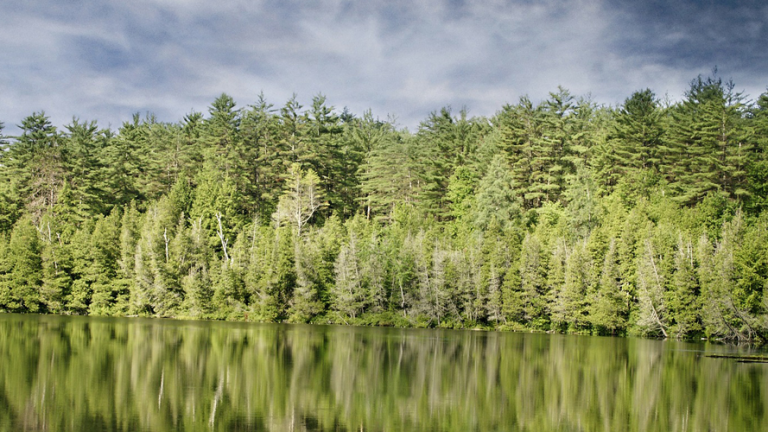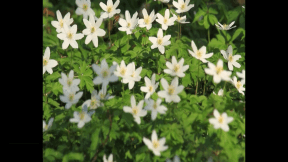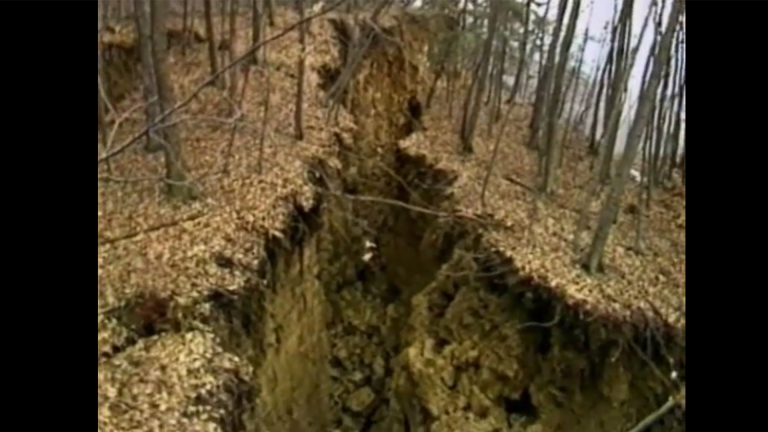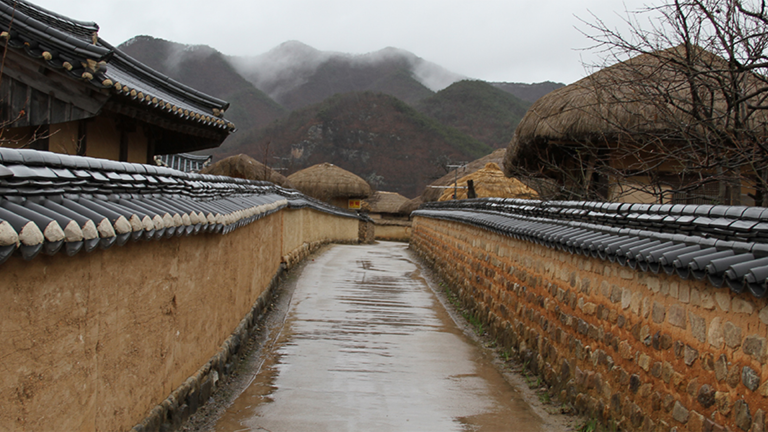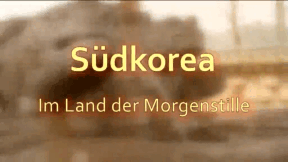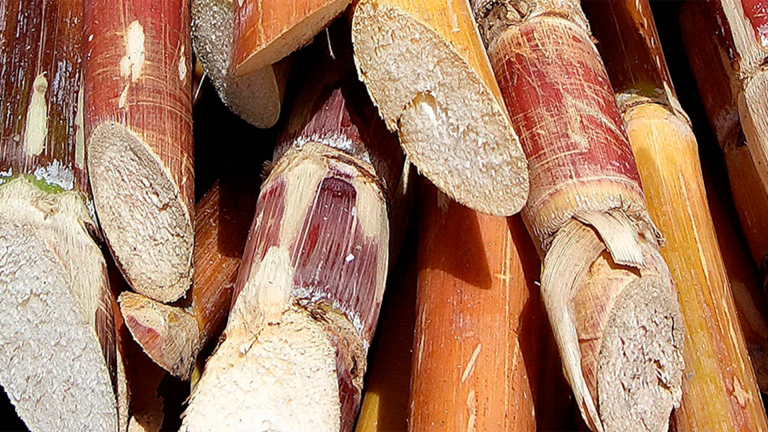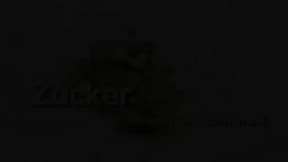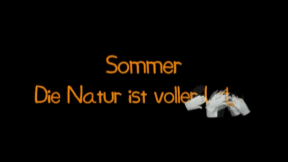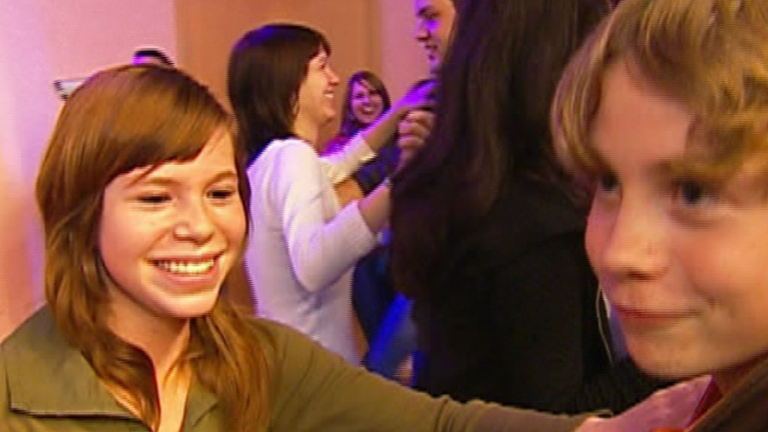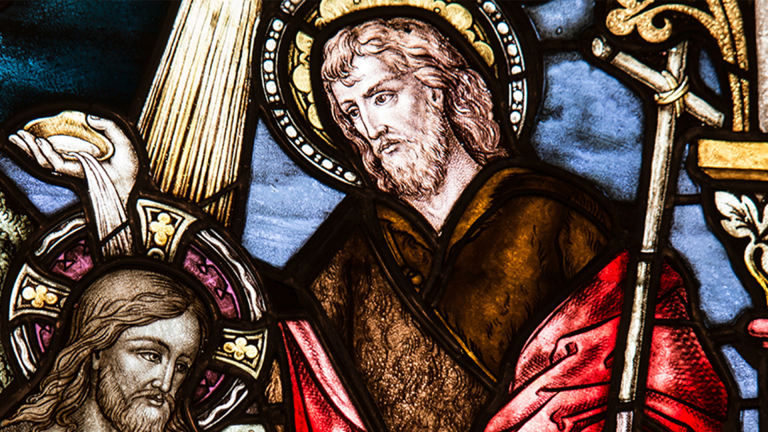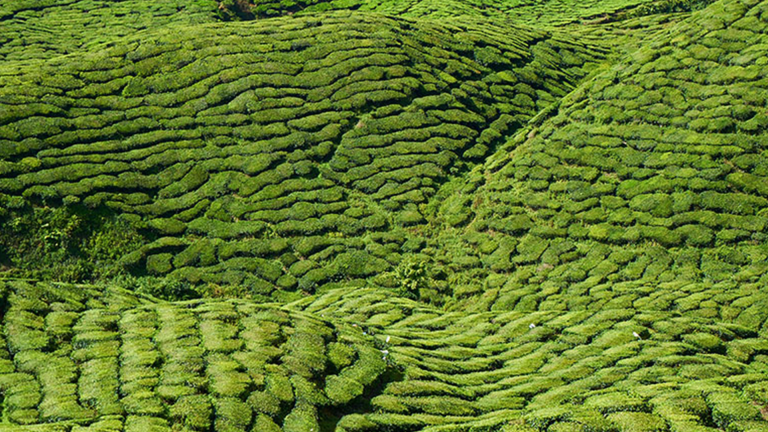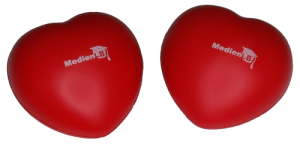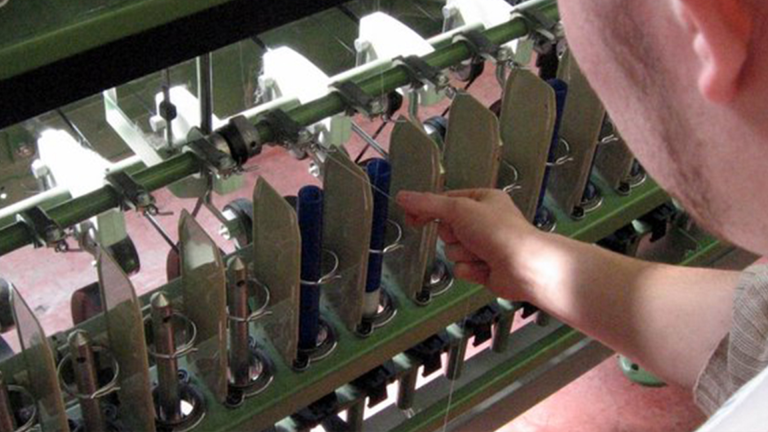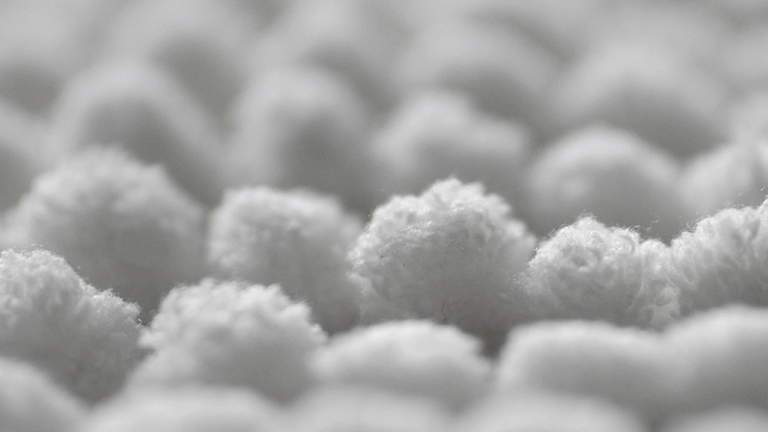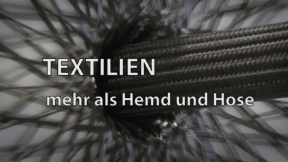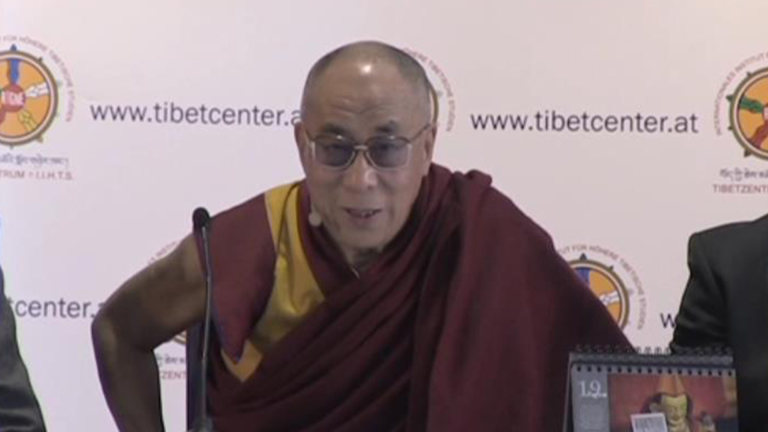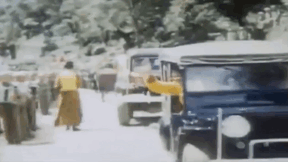Suche:
- # Artistry
- # Biology
- # Chemistry
- # Ecological
- # Economy
- # English
- # Foreign Language
- # Geography
- # German
- # Health
- # History
- # Informatik
- # Latin
- # Mathematics
- # Media Education
- # Music
- # Physics
- # Politics / Civics
- # Preschool
- # Primary School
- # Religion
- # Society
- # Sports
- # Technology
- # Training of Teachers
- # Vocational Education
Structure of the Forest
Forests are more than an accumulation of trees. The individual tree is more than a valuable source of wood. From its roots to its crown, it offers habitats to a variety of the most different creatures. The older a tree, the more valuable it becomes to many forest inhabitants. And even in death it is still full of life. If you take a closer look at a forest, you notice that the plants grow to different heights. They form storeys like those of a house. At the top level there are only the big trees. From a bird’s perspective we see that the highest specimens in the forest form a closed canopy. In summer, the treetops resemble big parasols shading the forest floor. Depending upon how much sunlight filters into the depths, this has consequences for the forest vegetation.
Learn moreSuccession
At the Hirschkopf near Mössingen, on April 13, 1983, 700,000 truckloads of rock slid down into the valley – a “biological ground zero” was created. After more than 20 years, the slide area has developed from a hostile scree desert devoid of humus into an ecological treasure and was included in the UNESCO list of national geotopes. This DVD gives an insight into the principles of natural balance and shows symbioses as well as the fight for survival in flora and fauna. This example enables the pupils to directly experience a succession – the resettlement of a biotope – over the course of twenty years. Diverse pictures and rare close-ups offer the pupils a new approach to the indigenous flora and fauna. This DVD is divided into six chronological chapters that can be accessed individually via the menu. Moreover, it offers additional pictures and extensive accompanying material to allow a more detailed discussion of the topic at school.
Learn moreSüdkorea
Durch die Wahl des Austragungsortes der Olympischen Winterspiele 2018 rückt Südkorea - das Land der Morgenstille - in den Fokus der Öffentlichkeit.
Learn moreSugar
The “Sugar” DVD covers the sugar beet and sugar produc- tion in detail. Simple and clear pieces of information allow the children to easily understand the individual stages from sowing the seeds to processing the beets in the sugar factory. The film conveys that the sugar produced is not an industri- al but a natural product, which is merely extracted from the sugar beet in the sugar factory. The pupils are provided with detailed answers to questions like “Since when have we had sugar?”, “What is sugar used for?” and “What properties does sugar have?”.The DVD addresses the following main points of the topic of “sugar”: Sugar sweetens our daily lives (sugar as an ingredient in many foodstuffs, significance of sugar in our diet), the his- tory of sugar (sugar as a luxury good 200 years ago), sugar formation in the beet (photosynthesis), sugar extraction (the major processes in the sugar factory), kinds of sugar (proper- ties of sugar, various kinds of sugar and their uses).
Learn moreSummer
Finally, summer has come! This DVD explains in a way suitable for children why summer comes, how life develops in nature and why we humans love this season so much. In short chapters, children learn why daylight hours are longer and how a thunderstorm builds up. The behaviour of animals and their young as well as changes in the flora are explained in a way appropriate for children. Rules for the right behaviour in the sun, in the water and during a thunderstorm are explained just like the dangers of a tick bite or wasp sting and the right reaction in such a situation. Besides didactic-methodical suggestions, the accompanying material also includes various games, songs, experiments, tips and suggestions providing an incentive to work on a topic, which is virtually a compulsory annual subject, from different points of view and holistically and to discover it from a new angle.
Learn moreTanzschule
Wenn Jugendliche sich zu Erwachsenen entwickeln, merken sie schnell, dass sie auch im täglichen Umgang mit ihren Mitmenschen zunehmend nach anderen Maßstäben beurteilt werden als zuvor. Besonders bei der Partnersuche gelten seit jeher ganz spezielle Spielregeln.
Learn moreTattoos und Piercings
Tätowierungen und Piercings sind ein jahrtausendealter Körperschmuck.
Learn moreTea
It is a popular hot drink all over the world. The Dutch brought it from China to Europe. It is the centre of ceremonies and traditions in various countries.
Learn moreTextile Production Mechanic
Setting, operating, monitoring, maintaining, servicing and repairing production machines – all these are tasks of a textile production mechanic. Only if the production equipment functions flawlessly and the work processes run smoothly and efficiently, textiles of all kinds and of the highest quality can be produced. Textile production mechanics undergo a broad vocational training. This enables them to work in all branches of the textile industry: in weaving mills, spinning mills, knitting mills, warp knitting mills or elsewhere in the textile industry. Qualifications required for this job are GCSEs or a university entrance qualification. Furthermore, soft skills such as a sense of responsibility, diligence, accuracy and reliability are expedient. The job of a textile production mechanic is a positive challenge for all those interested in engineering and manufacturing as well as in textile fabrics and patterns.
Learn moreTextiles
When we hear the word “textiles“, we automatically think of things we put on – such as shirts, trousers, pullovers, caps or other things to wear. But there are far more textiles in our everyday lives. Actually, the word textiles means that these are generally things or goods made of single fibres or threads or yarns. For a long time now, we have not been using textiles for clothing only, but also in many other different domains of our lives. Every day, we use various household textiles at home – they range from the fabric sofa to the towel we dry ourselves with after washing or bathing. But today, modern textiles are also used as construction material – for example to make cars or bikes. These vehicles are particularly energy efficient because textiles are significantly lighter than metal.
Learn moreThe 14th Dalai Lama
He is considered one of the best-known personalities of our time and has been the Tibetans’ spiritual leader for more than 50 years. The Dalai Lama – His views are inspiration to many. The tradition of the Dalai Lamas reaches back to the 15th century. Dalai Lama is a Mongolian title of honour and was first bestowed on a Tibetan Buddhist monk in 1578 by the Mongol ruler at the time. This monk was called Gyatso, which means sea of wisdom. Dalai is the Mongolian translation of this name and lama is a Tibetan word for monk. Up to now the title has been conferred on 14 Tibetan monks, to the first two only posthumously.
Learn more



